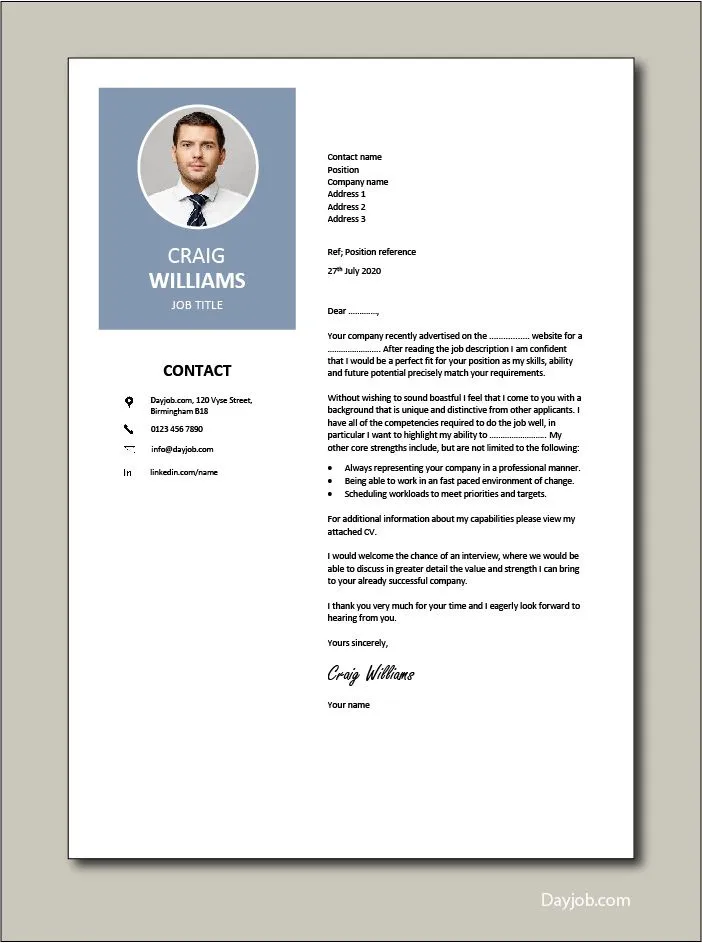What is a Professional Cover Letter
A professional cover letter is a crucial document that accompanies your resume when applying for a job. It serves as your first introduction to a potential employer, providing an opportunity to showcase your personality, skills, and enthusiasm for the position. Unlike a resume, which provides a summary of your experience, a cover letter allows you to elaborate on your qualifications and explain why you are the ideal candidate. A well-crafted cover letter can significantly increase your chances of getting an interview, while a poorly written one can lead to your application being overlooked. It is an essential tool in any job seeker’s arsenal, and understanding its components and how to create one is a critical skill in the modern job market.
The Importance of a Cover Letter
The cover letter is more than just a formality; it’s your chance to make a strong first impression and demonstrate your interest in a specific role and company. It allows you to personalize your application, showing that you’ve taken the time to understand the job requirements and tailor your skills to meet them. A cover letter is a platform to express your unique value proposition, highlighting how your experiences and achievements align with the employer’s needs. This is especially important in competitive job markets where standing out from the crowd can make all the difference. By addressing the hiring manager directly and showcasing your personality, you create a connection that your resume alone cannot achieve.
Why Cover Letters Matter
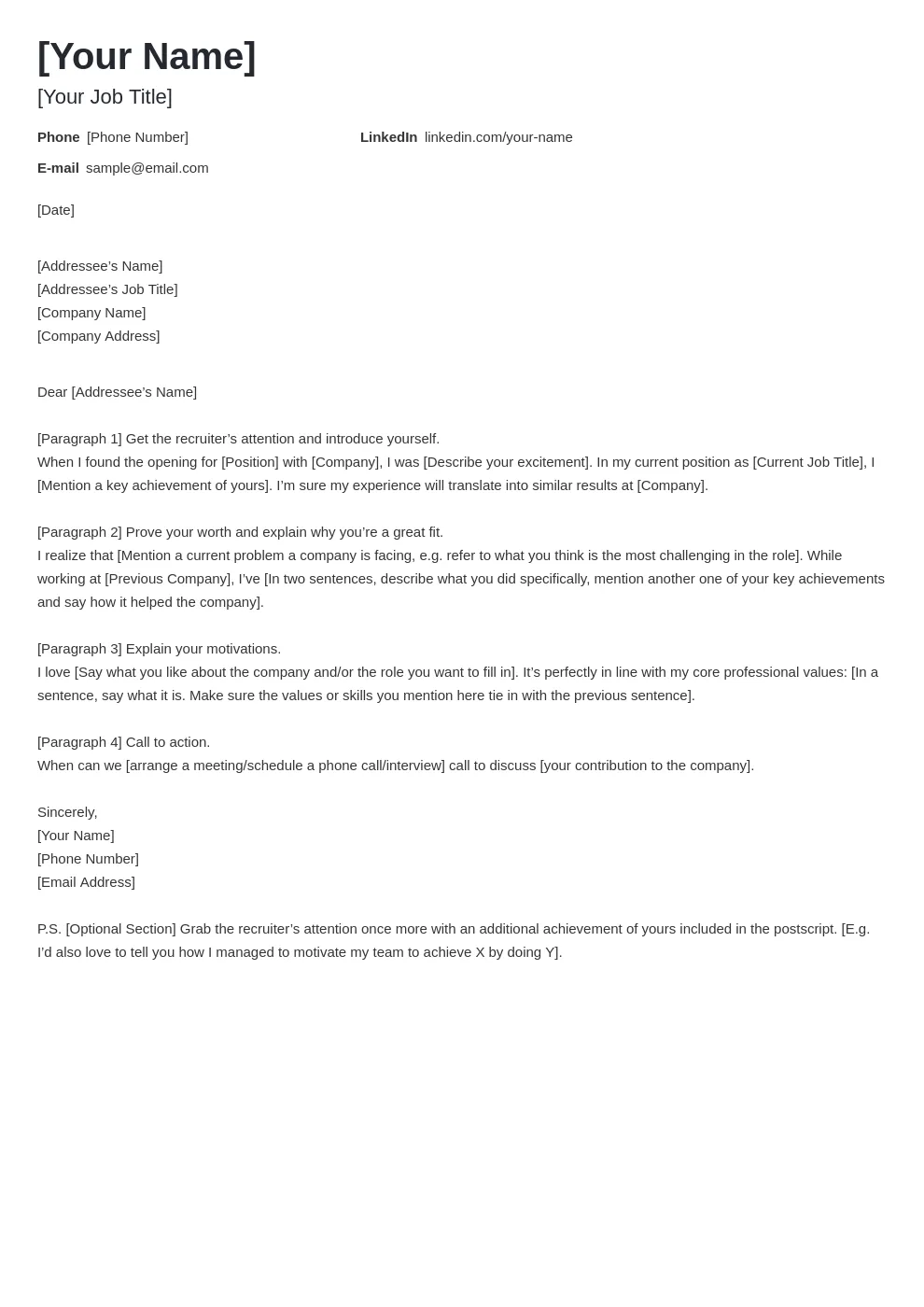
Cover letters matter because they provide context to your resume. They allow you to explain any gaps in your employment history, career changes, or other relevant information that might not be apparent from your resume alone. They also showcase your communication skills, demonstrating your ability to write clearly and persuasively. Furthermore, a well-written cover letter can help you stand out in a stack of applications. It shows that you’re willing to go the extra mile to demonstrate your suitability for the role. By demonstrating genuine interest and a proactive approach, you signal to the employer that you are serious about the opportunity and eager to contribute to their organization. This can provide you with a competitive edge and increase your chances of securing an interview.
Key Components of a Professional Cover Letter
A professional cover letter consists of several key components that work together to create a compelling document. Each section serves a specific purpose, from providing essential contact information to highlighting your skills and experiences, and ultimately, convincing the employer that you are the right person for the job. Properly structuring your cover letter makes it easy for the reader to follow, increasing the likelihood that your application will leave a positive impression and that you will be chosen for an interview. Understanding the essential parts of the cover letter and formatting them correctly is critical.
Contact Information
Begin your cover letter by including your contact information at the top, which includes your full name, address, phone number, and email address. This should be clearly displayed so the hiring manager can easily reach you. Ensure that the email address you use is professional and reflects your personal or professional brand. It is a good practice to use an email address that includes your name, such as firstname.lastname@email.com, rather than an unprofessional or outdated email address. This creates a more professional impression from the very start.
Your Name and Contact Details
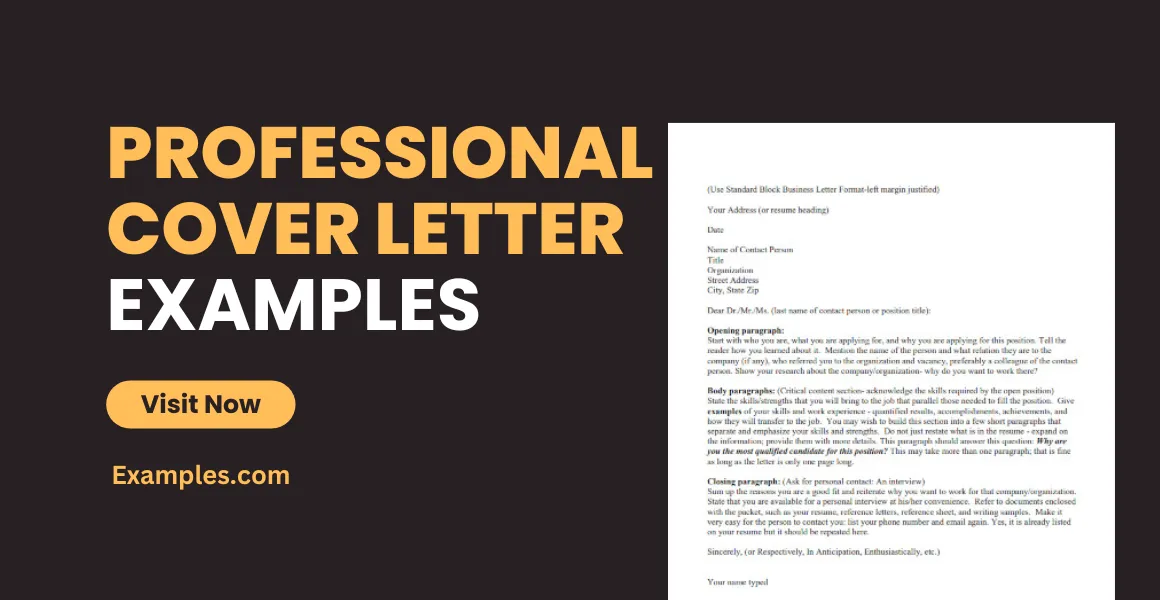
At the beginning of your cover letter, prominently display your name and contact information. This should include your full name, mailing address, phone number, and a professional email address. Double-check all details for accuracy to prevent any communication issues. You may also consider including a link to your LinkedIn profile, if you have one. This allows the hiring manager to quickly access your professional profile and learn more about your background. Keeping your contact information at the top, makes it easy for the hiring manager to find it. This information must be easy to find and readily accessible.
Date and Employer Details
Following your contact information, include the date, and then the hiring manager’s name and title. If you don’t know the hiring manager’s name, research the company website or LinkedIn to find out who is responsible for hiring. If you are unable to find a specific name, you can use a general salutation. Always include the company’s name and address to give your letter a more formal appearance. This additional step is key in making a good impression. By including this information, you show that you’ve taken the time to learn about the company and tailor your application specifically to them.
Salutation
The salutation is your opening greeting. Ideally, you should address the hiring manager by name, using ‘Dear Mr./Ms./Mx. Last Name.’ If you don’t know the name, use a professional greeting such as ‘Dear Hiring Manager’ or ‘Dear [Department Name] Team.’ Avoid generic salutations like ‘To Whom It May Concern’ or ‘Dear Sir/Madam’ because they suggest a lack of research and personalization. Tailoring the salutation to your target audience showcases your attention to detail and that you’ve taken the time to research the company and the role. This personalization also shows your interest in the opportunity.
Addressing the Hiring Manager
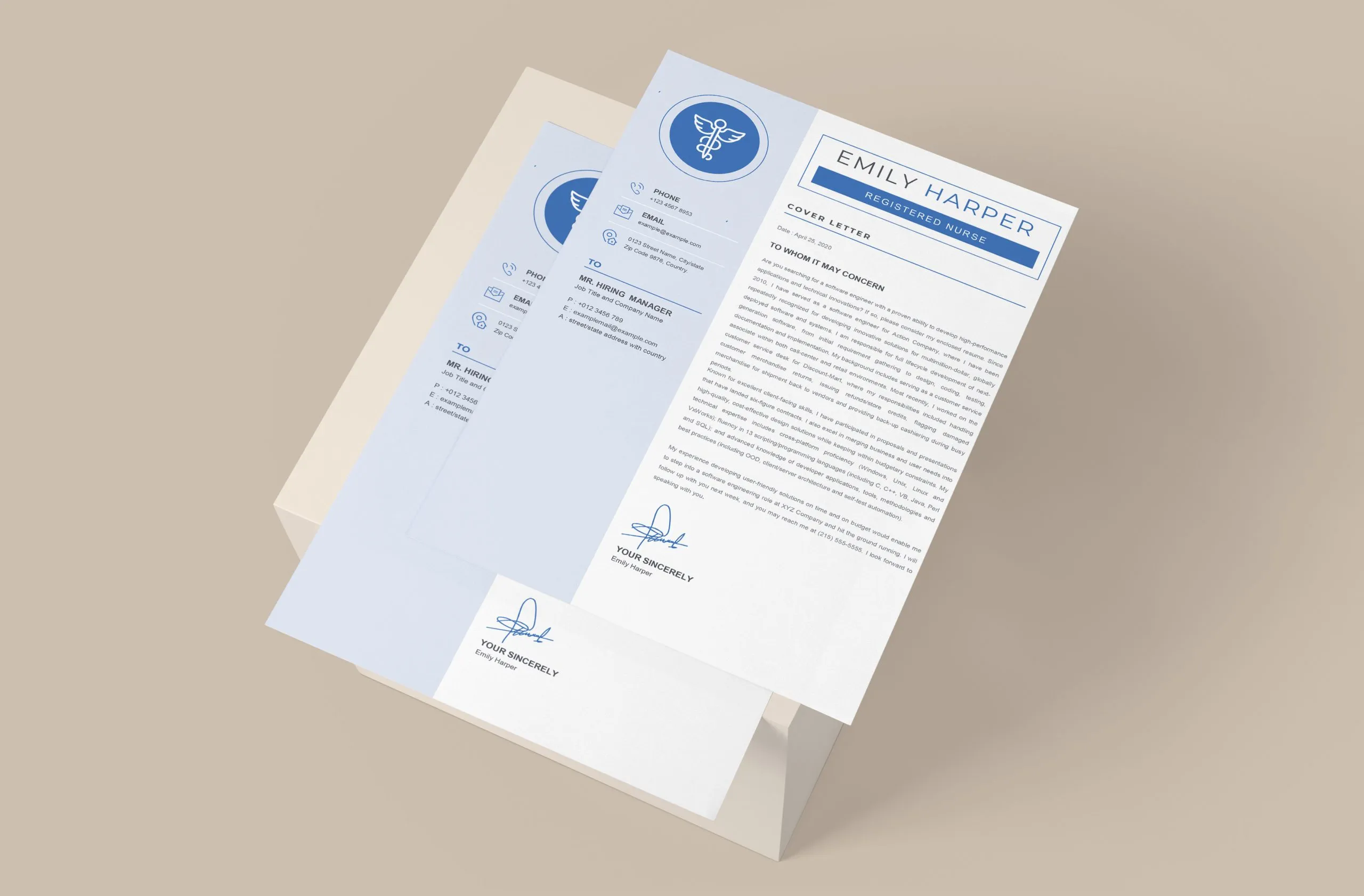
When addressing the hiring manager, it is crucial to be professional and respectful. Use their correct title (Mr., Ms., or Mx.) and last name, if known. Researching the hiring manager’s name beforehand is an excellent way to show your initiative and attention to detail. Using the correct name establishes a personal connection from the outset. If you are unsure of the hiring manager’s name, it is acceptable to use a more general salutation, such as ‘Dear Hiring Manager’ or ‘Dear [Department Name] Team.’ Avoid informal language or slang in the salutation, opting for a formal and polished tone that sets the tone for the rest of your cover letter.
Body Paragraphs
The body paragraphs are the heart of your cover letter, where you showcase your qualifications and demonstrate why you are a suitable candidate for the job. They should be concise, well-structured, and tailored to the specific requirements of the position. The body paragraphs should include an introductory paragraph, highlighting your interest in the role, followed by paragraphs that elaborate on your skills, experiences, and achievements. Use specific examples and quantify your accomplishments whenever possible to make a strong impact. The goal is to convince the employer that you have the skills, experiences, and personality that align with the job requirements and the company culture. This section will be tailored to the job itself.
Opening Paragraph Grab Attention
The opening paragraph should immediately grab the hiring manager’s attention and state your purpose for writing. Clearly indicate the position you are applying for and how you found the opportunity. Express your enthusiasm and interest in the company and the role. You can also include a brief statement that highlights a key skill or achievement that aligns with the job requirements. The opening paragraph is your first opportunity to make a strong impression. A well-crafted opening paragraph sets the tone for the rest of your cover letter and encourages the hiring manager to read on.
Highlighting Relevant Skills and Experience
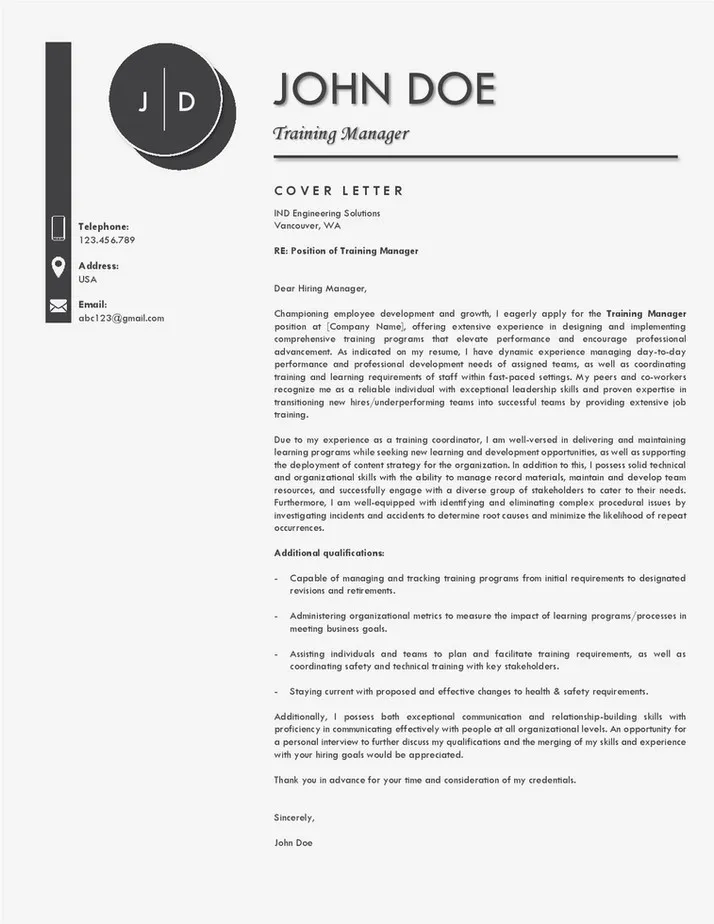
In the subsequent paragraphs, showcase your relevant skills and experiences. Carefully review the job description and identify the key requirements. Then, provide specific examples from your past roles or projects that demonstrate your ability to meet those requirements. Use action verbs to describe your accomplishments and responsibilities. Whenever possible, align your skills and experiences with the job’s needs. This shows the hiring manager that you are a strong fit for the role and demonstrates your value. Make sure to focus on accomplishments and how you can contribute to the company, rather than just listing your duties.
Quantifying Achievements with Numbers
Whenever possible, quantify your achievements with numbers and data to provide concrete evidence of your impact. Instead of saying you ‘increased sales,’ state that you ‘increased sales by 15% in one year.’ Use numbers to measure your success, whether it’s about sales, efficiency, or cost savings. This makes your achievements more tangible and demonstrates your ability to deliver results. Quantifying your accomplishments also helps the hiring manager assess your potential contributions to the company. This offers proof that you have a strong track record. These kinds of metrics help make your accomplishments more memorable.
Closing Paragraph Call to Action
The closing paragraph should reiterate your interest in the position and the company. Reiterate your value proposition, emphasizing how you can contribute to their team. End with a clear call to action, such as ‘I am eager to discuss my qualifications in an interview’ or ‘I look forward to hearing from you soon.’ Thank the hiring manager for their time and consideration. This gives the reader an idea that you would be enthusiastic about an interview. Your call to action is crucial in encouraging the hiring manager to take the next step and consider your application. This paragraph can also be a space to add a personal note showing your passion for the job.
Complimentary Close and Signature
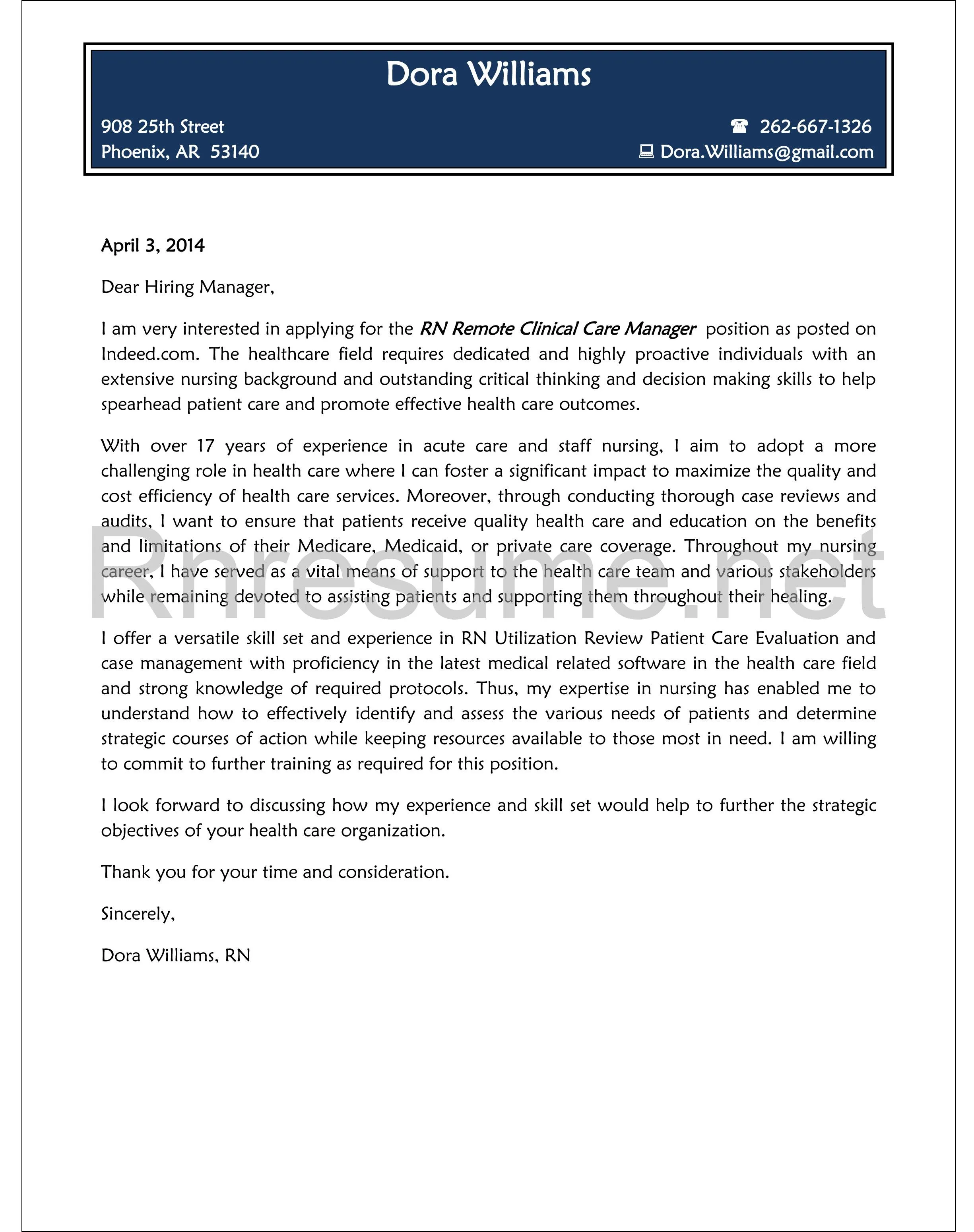
End your cover letter with a professional complimentary close, such as ‘Sincerely,’ ‘Best regards,’ or ‘Thank you.’ Below the closing, leave a few lines for your signature (if printing and mailing the letter) and then type your full name. If sending an email, your typed name is sufficient. It is a good practice to include your name and contact information again at the end of your cover letter. This ensures the hiring manager has easy access to your contact details. This is the final step in creating a polished and professional cover letter.
Formatting and Design Essentials
Formatting and design play a crucial role in how your cover letter is perceived. A well-formatted letter is easy to read and demonstrates your attention to detail. It shows that you’ve taken the time to present yourself in a professional manner. Proper formatting enhances readability and makes it easier for the hiring manager to quickly grasp the key points of your application. The right formatting makes your letter both look and feel professional. Good formatting highlights the content.
Font and Readability
The font you choose significantly impacts your cover letter’s readability. A clear, professional font is essential for ensuring the hiring manager can easily read and understand your content. It is key to ensuring the hiring manager has a good impression and can read your content.
Choosing the Right Font
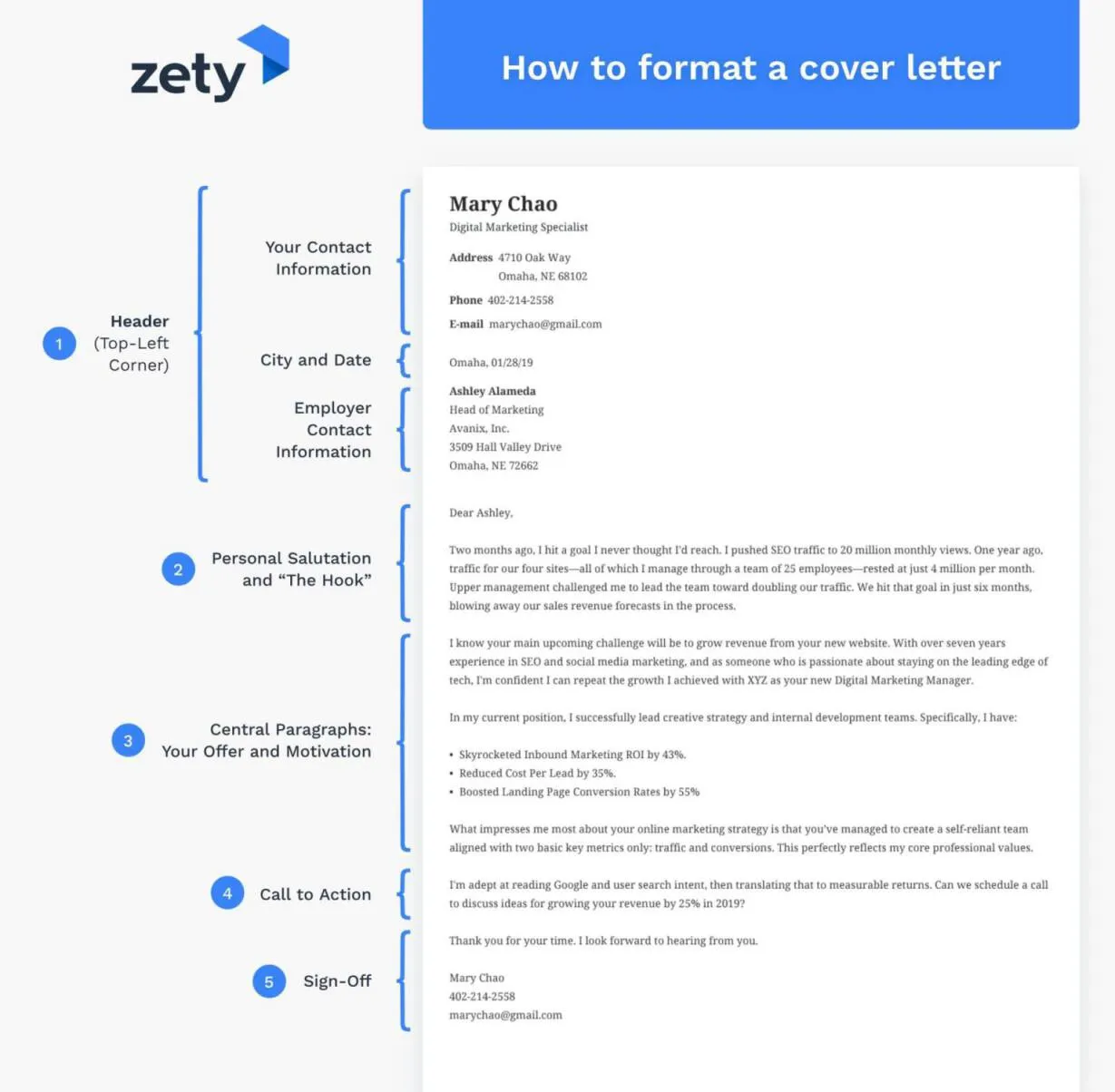
Select a font that is both professional and easy to read. Some commonly used fonts for cover letters include Times New Roman, Arial, Calibri, and Helvetica. Avoid using overly decorative or unusual fonts, as they can be distracting and make your letter look unprofessional. Always stick to a standard font to ensure the text is easily accessible. Choose the font based on professional standards. The font should be something easy to read.
Font Size and Spacing
Use a font size between 10 and 12 points for the body of your cover letter. This is the standard size for professional documents. Ensure there is adequate spacing between lines (usually 1.15 or 1.5) to enhance readability. Proper spacing prevents the text from appearing cramped and makes it easier for the hiring manager to quickly scan and understand your key points. Use the correct formatting to create a visually appealing and easy-to-read cover letter.
Length and Structure
The length and structure of your cover letter should be concise and well-organized. A cover letter is a critical component of your job application, so make sure it’s well-structured.
Keeping it Concise and Focused
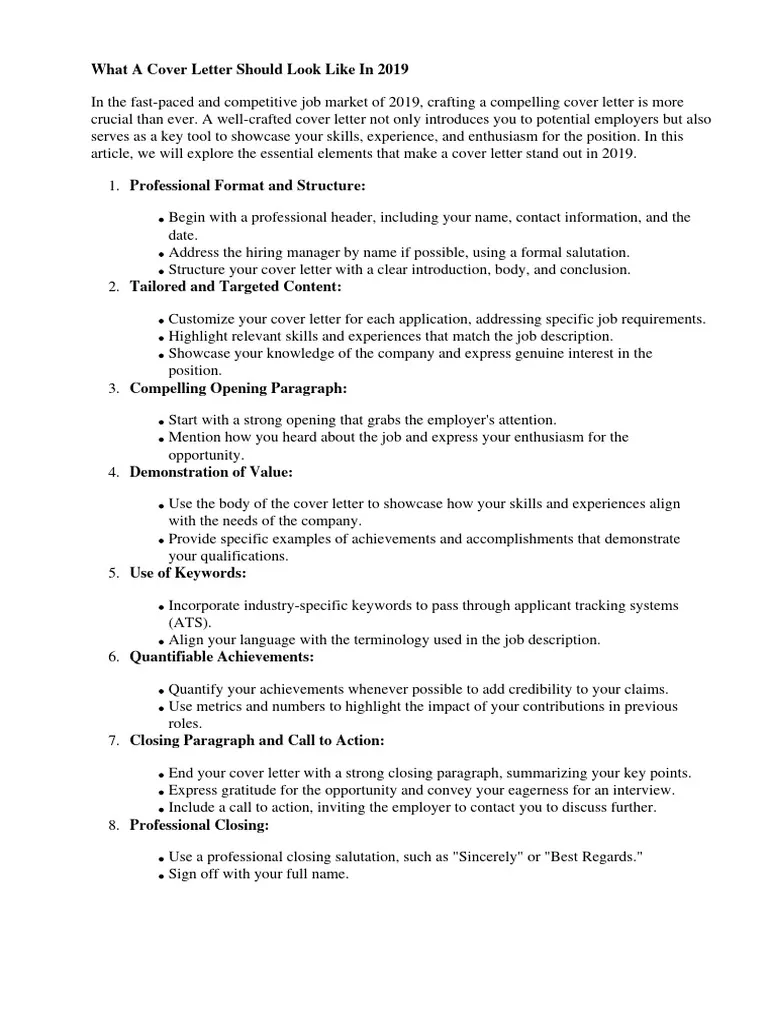
Keep your cover letter concise and focused. Aim for a letter that is no more than one page long. Use clear and direct language, and avoid unnecessary jargon or long, complex sentences. Focus on the most relevant information. Brevity is key to holding the hiring manager’s attention and conveying your key qualifications effectively. By keeping the information concise and relevant, you will improve the chances of your cover letter making a strong impact. Highlight only the most significant experiences, skills, and achievements that align with the job requirements.
Using a Professional Tone
Maintain a professional tone throughout your cover letter. Use formal language and avoid slang, contractions, or overly casual expressions. Proofread your letter carefully to eliminate any grammatical errors or typos. Ensure your tone aligns with the company’s culture and the specific job you are applying for. This is key to creating a favorable impression. The tone of your letter should be appropriate for the industry.
Proofreading and Editing
Proofreading and editing are essential steps in creating a professional cover letter. Even a single typo or grammatical error can detract from your credibility and make you appear careless. Always proofread your cover letter carefully after you finish writing it, and then get someone else to review it. Having a fresh set of eyes can often catch mistakes that you might miss. This final step is vital to ensure that your cover letter is polished, error-free, and effectively represents you.
Common Mistakes to Avoid
There are several common mistakes that can undermine the effectiveness of your cover letter. Being aware of these pitfalls can help you avoid them and improve your chances of making a positive impression. These can be easy to fix, but they can also cost you a job opportunity. Avoiding these mistakes can greatly improve your cover letter and show you are a good fit for the job.
Typos and Grammatical Errors
Typos and grammatical errors are a major turn-off for hiring managers. Always proofread your cover letter carefully to catch any mistakes. Use a spell-checker and grammar-checking tool. Double-check names, dates, and company details. It is also helpful to have a friend or family member review your letter, as they might catch errors you miss. Proofreading is critical to ensure your credibility. A perfect cover letter is the goal.
Generic Cover Letters
Avoid using a generic cover letter that you send to every job application. Generic cover letters are easy to spot and do not show that you’ve taken the time to tailor your application to the specific job and company. Customize each cover letter for the specific position you are applying for. Show that you have read the job description and that you understand the company’s needs. Personalization demonstrates your genuine interest in the role and makes your application stand out.
Focusing Too Much on Yourself
While it’s important to highlight your skills and experiences, avoid focusing solely on yourself. Instead, emphasize how you can contribute to the company and meet their needs. Tailor your letter to showcase the value you can bring to the role and the company. Framing your accomplishments in terms of what you can do for the company makes you appear a more desirable candidate. Focus on the benefit to the company, which shows that you have an understanding of the role and its purpose.
Tailoring Your Cover Letter
Tailoring your cover letter is essential to making it relevant and impactful. Customizing your letter for each job application demonstrates your commitment and increases your chances of success. Customization will help you stand out from the competition. It is important to adapt the content to demonstrate your suitability for the role.
Researching the Company and Role
Before writing your cover letter, research the company and the specific role. Visit their website and social media pages to learn about their mission, values, and culture. Carefully review the job description and identify the key skills, experiences, and qualifications the employer is seeking. Understanding the company and the role will enable you to tailor your letter to specifically address their needs. This research ensures your cover letter is relevant, engaging, and shows your enthusiasm for the opportunity. This will help you write a more targeted and effective letter.
Customizing for Each Application
Customize your cover letter for each job application by highlighting the skills and experiences most relevant to the specific role. Address the hiring manager by name whenever possible, and demonstrate your understanding of the company’s needs. Tailor your letter to show how you can add value. Using the correct language from the job description is a smart move. This kind of personalization shows that you are genuinely interested in the opportunity and have taken the time to understand what the employer is looking for. This will make your letter stand out from the crowd.
Examples of Strong Cover Letters
Reviewing examples of strong cover letters can provide valuable insights and inspiration. Analyzing successful cover letters helps you understand how to structure your letter, highlight your skills, and express your enthusiasm effectively. Reviewing other examples can give you ideas on the best way to write your letter and what kinds of things to include. This offers insight on what works.
Cover Letter Template
Using a cover letter template can save you time and ensure you include all the necessary elements. However, remember to customize the template to fit your specific skills and experiences. A well-designed template provides a solid framework for your cover letter and helps you create a professional document quickly. Adapt the template to reflect your unique abilities and qualifications. This will help you in getting the job, while also keeping things professional. Use the template as a starting point. The template should be adjusted for the specific role.
Adaptation for Different Industries
The format and content of your cover letter may need to be adapted depending on the industry and the specific role. For example, a cover letter for a creative role may have a more relaxed tone. In contrast, a cover letter for a more formal field like finance might require a more traditional approach. Research the industry standards and tailor your letter accordingly. This ensures your cover letter is well-received and professional for the job in question. The tone and style of your cover letter should fit the requirements of the industry and job. Customization is key.
